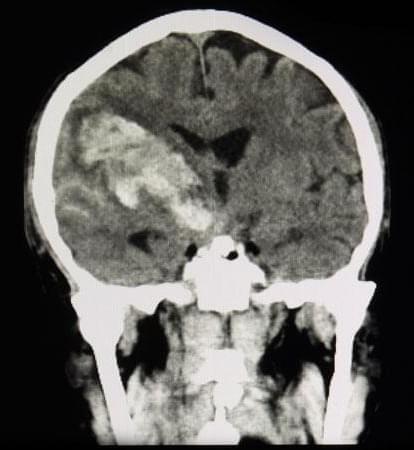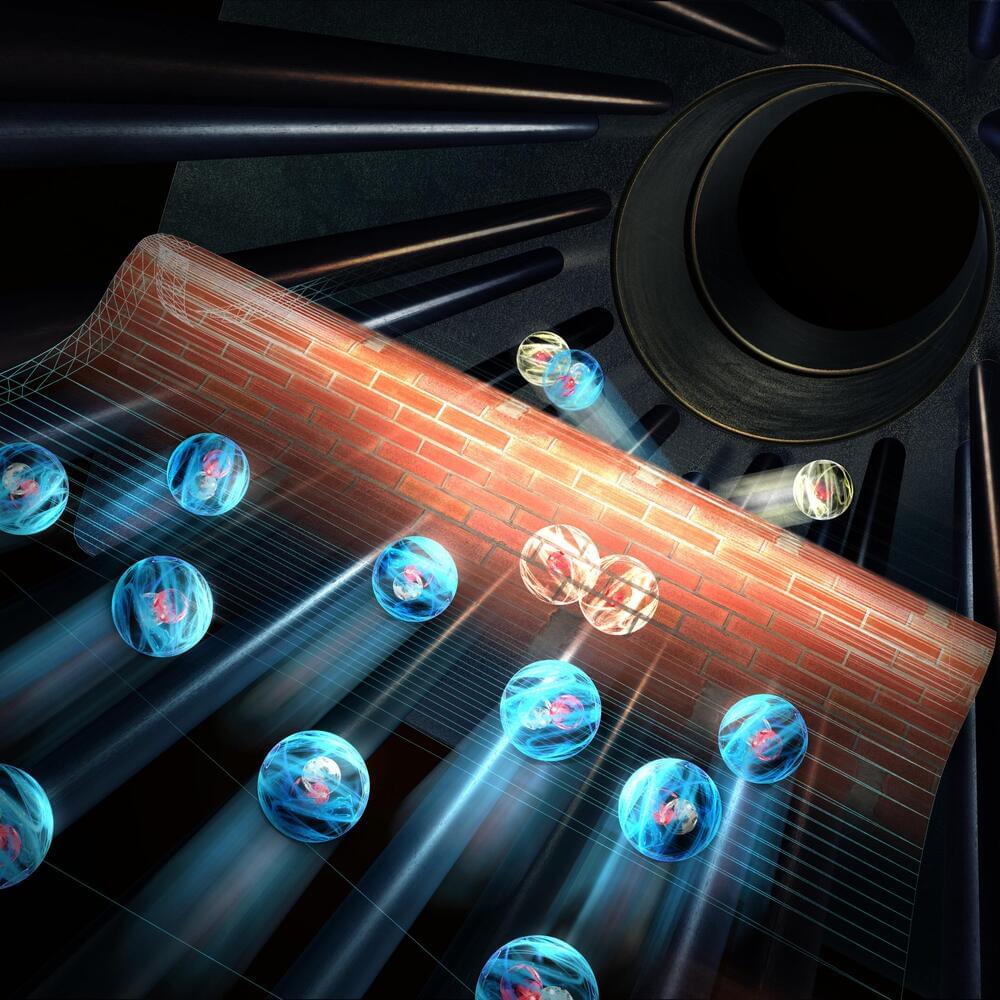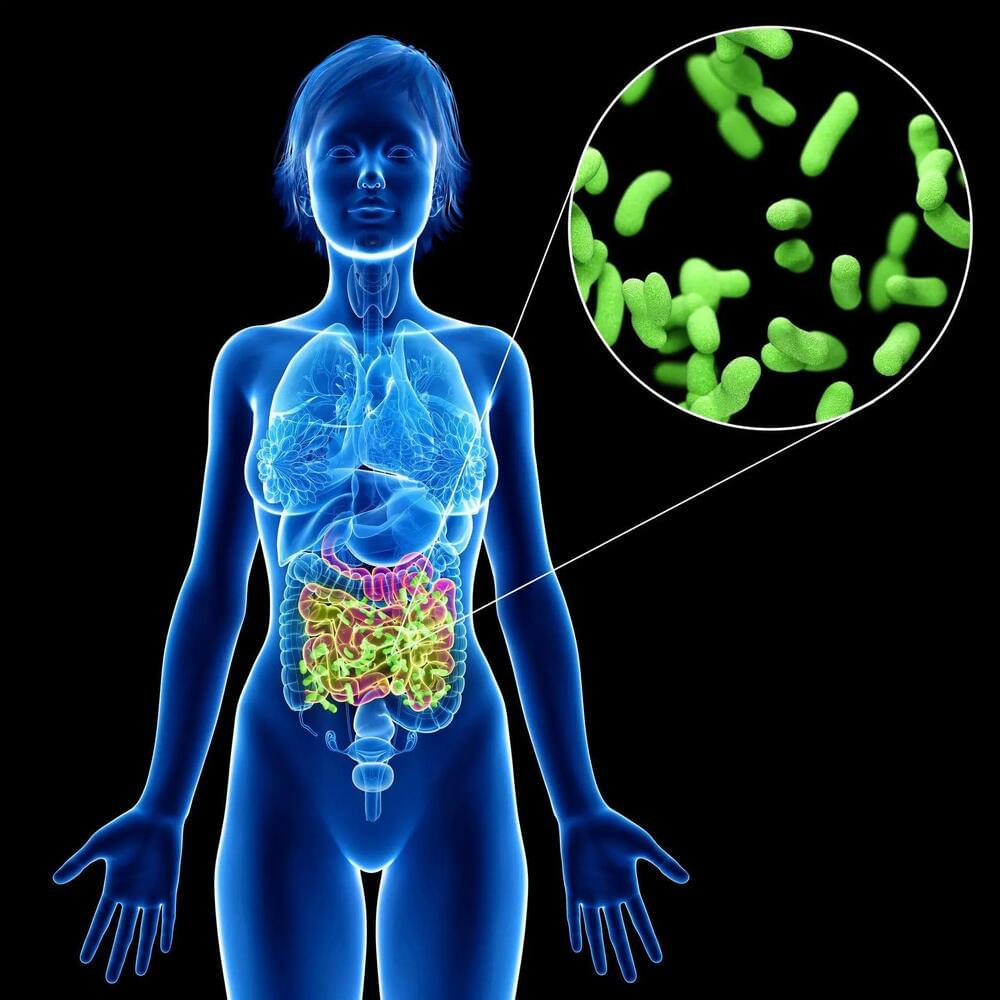A new study of 30 million people found that even small amounts of exercise could lower risk for heart disease, certain cancers and early death.



Patients with a large cerebral infarction have better functional recovery when they receive endovascular therapy early on in addition to usual medical management, a new study shows.
The trial was stopped early because a planned interim analysis showed efficacy of endovascular therapy in this patient population. #Stroke
A new study provides evidence for better functional recovery after endovascular therapy from a population of large-infarction strokes that could contribute to changing clinical practice.
Bruce Willis has FTD. I always wondered if gene therapy could help. Apparently so did Passage Bio, and they are doing clinical trials.
FTD is a disorder that affects the frontal and temporal lobes of the brain, areas that control personality, executive function, and language. FTD is a form of early onset dementia and currently has no approved disease-modifying therapies. In approximately 5–10% of individuals with FTD, the disease occurs because of mutations in the GRN gene. These mutations cause a deficiency of progranulin that helps regulate cellular processes.
Recently, Passage Bio announced that the first patient has been dosed in the global phase 1/2 upliFT-D clinical trial evaluating PBFT02. As Dr. Forman explains, PBFT02 is an AAV delivery gene therapy for the treatment of patients with FTD with GRN mutations. The upliFT-D trial is a dose-escalation study in which two doses will be sequentially evaluated in two cohorts, with a possible third cohort. Inclusion criteria for the trial include that patients:
Dr. Mark Forman, Chief Medical Officer at Passage Bio, discusses the phase 1/2 upliFT-D clinical trial evaluating PBFT02, an AAV delivery gene therapy for patients with frontotemporal dementia (FTD) with granulin (GRN) mutations.

Tunneling reactions in chemistry are difficult to predict. The quantum mechanically exact description of chemical reactions with more than three particles is difficult, with more than four particles it is almost impossible. Theorists simulate these reactions with classical physics and must neglect quantum effects. But where is the limit of this classical description of chemical reactions, which can only provide approximations?
Roland Wester from the Department of Ion Physics and Applied Physics at the University of Innsbruck has long wanted to explore this frontier. “It requires an experiment that allows very precise measurements and can still be described quantum-mechanically,” says the experimental physicist. “The idea came to me 15 years ago in a conversation with a colleague at a conference in the U.S.,” Wester recalls. He wanted to trace the quantum mechanical tunnel effect in a very simple reaction.
Since the tunnel effect makes the reaction very unlikely and thus slow, its experimental observation was extraordinarily difficult. After several attempts, however, Wester’s team has now succeeded in doing just that for the first time, as they report in the current issue of the journal Nature.

Join Patreon: https://www.patreon.com/solvingthemoneyproblem.
➡ FREE One Year Supply of Vitamin D + 5 AG1 Travel Packs https://athleticgreens.com/SMR
UNLOCK 300+ Exclusive Videos: https://www.patreon.com/solvingthemoneyproblem.
➡ Oura Ring https://ouraring.com/smr (Track your sleep, readiness & activity)
My Tesla Stock Price Targets: https://www.patreon.com/posts/tesla-stock-bull-57460691/
Merch: https://solving-the-money-problem.creator-spring.com/
Twitter https://twitter.com/stevenmarkryan.
AFFILIATE DISCLOSURE: I earn a commission on every purchase made through my links.
🚀 SUPPORT THE CHANNEL ON PATREON
◆ Patreon https://www.patreon.com/solvingthemoneyproblem.
BECOME A MEMBER OF THE CHANNEL
◆ Join https://www.youtube.com/channel/UCagiBBx1prefrlsDzDxuA9A/join.
CHANNEL MERCH
◆ Merch store https://solving-the-money-problem.creator-spring.com/
MERCH LINKS


A team of scientists, including physicist Eugene Demler from ETH Zurich, for the first time, closely observed how magnetic correlations play a role in mediating hole pairing.
Superconductivity only occurs in pairs. Therefore, in order for conductance without electrical resistance to take place in specific materials, the charge carriers must pair up. In traditional superconductors, the current is made up of electrons and pairing is facilitated by the collective movements of the crystal lattice, referred to as phonons. This mechanism is well understood. However, in recent decades, a growing number of materials have been found that don’t fit within this conventional theoretical framework.
The leading theories for unconventional superconductors suggest that magnetic fluctuations, not phonons, lead to pairing in these systems, — and surprisingly, magnetic interactions arise from the repulsive Coulomb interaction between electrons. However, verifying these models in experiments is extremely difficult.

An ongoing study led by Cedars-Sinai has demonstrated that certain gut bacteria may increase the risk of Type 2 diabetes while others may provide protection against it. These are early results from a prospective study.
According to the study, which was published in the journal Diabetes, higher levels of the bacterium Coprococcus are associated with improved insulin.
Insulin is a hormone that regulates the level of glucose (sugar) in the blood. It is produced by the pancreas and released into the bloodstream when the level of glucose in the blood rises, such as after a meal. Insulin helps to transport glucose from the bloodstream into the cells, where it can be used for energy or stored for later use. Insulin also helps to regulate the metabolism of fat and protein. In individuals with diabetes, their body doesn’t produce enough insulin or doesn’t respond properly to insulin, leading to high blood sugar levels, which can lead to serious health problems if left untreated.

Will a machine learning AI be the way we find out we are not alone in the Universe?
In a January 2023 published paper in Nature Astronomy, a collaboration by authors from universities in Toronto, Canada, Berkeley in California, Manchester in the United Kingdom, Malta, Queensland and Western Australia, and the SETI Institute, created a machine learning algorithm variational autoencoder, a type of neural network that learns through the unsupervised study of unlabelled data. They used it to try and find technosignatures contained within 150 Terabytes of radio traffic from 820 nearby stars. The data source came from the Green Bank Telescope in West Virginia, the world’s largest steerable radio telescope. This data had previously been searched in 2017 using traditional techniques.
Radio signals are abundant throughout the Universe and they represent the most effective way for us to find out if we are a solo act or one of many technical civilizations. Our contribution to radio traffic has been going on for more than a century which means an alien civilization within a hundred light-years from us with technology similar to ours can now detect us.
SETI (Search for Extraterrestrial Intelligence) has been using radio telescopes and receiving antennae since 1960 in a search to detect signals coming from space in patterns similar to what we produce. So far, however, it has proven to be harder than finding the proverbial needle in a haystack. That’s why the application of AI to the vast amounts of radio traffic coming from space is seen as a step up in our efforts to detect alien intelligence. It seems ironic that an AI may be the way we first discover alien intelligence originating from distant solar systems. And it may be that those alien species are using their own AIs to be doing the same.